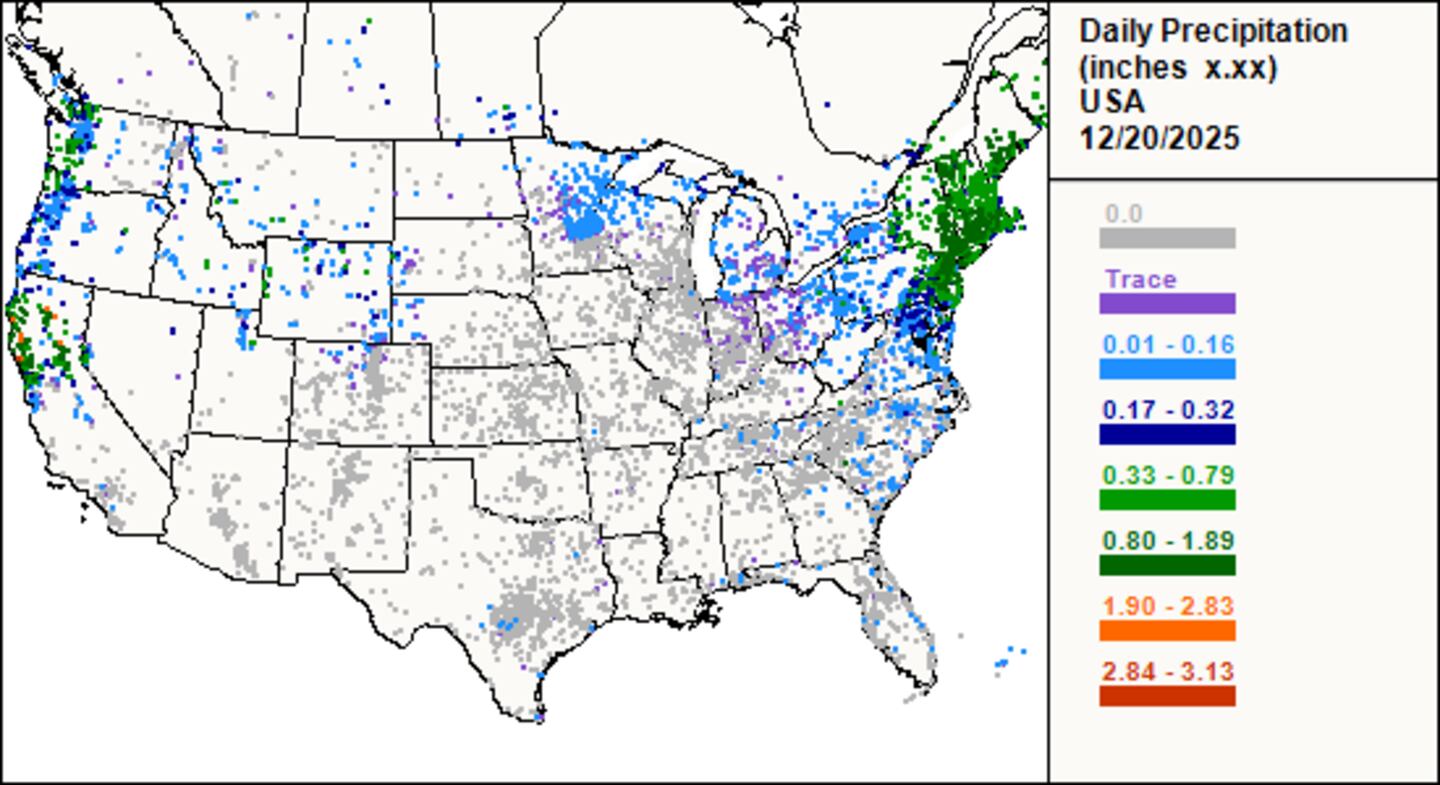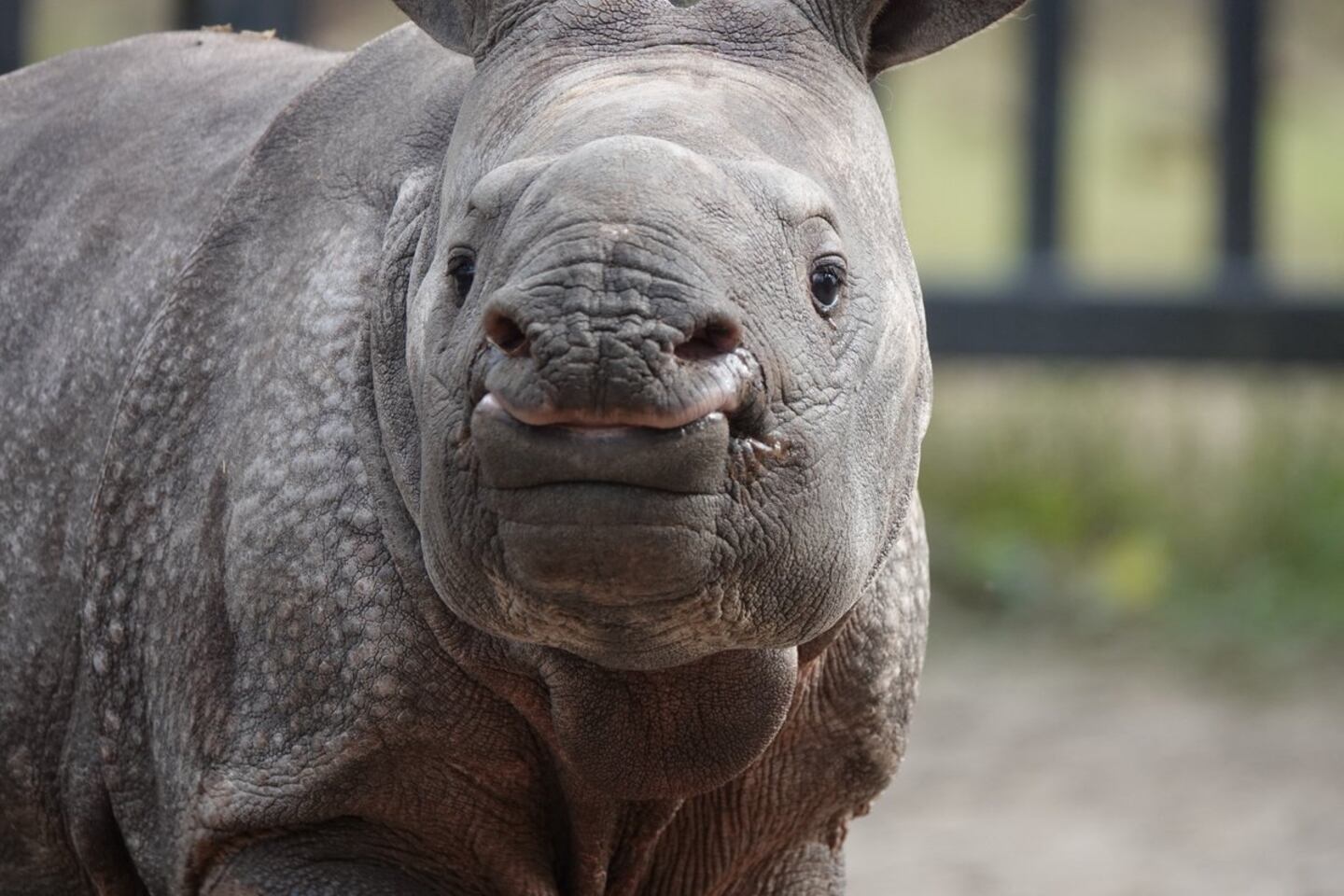March 11, 2019 — The "Buresh Blog" is updated about once per week.... next one is not due until the week of March 25th....
So 'The Players' goes back to March this year when the golf tournament was played pre 2007. In my eyes the biggest difference will be the potential for balls in the water on the infamous #17 & the shorter days. This time of year - vs. May - winds are generally stronger & more from the E/NE. This will create a crosswind on #17 that will make the delicate tee shot more difficult. As for daylight - more than 90 min. less this time of year - 11:58 vs. 13:41. Temps., of course, will be a big deal too with the avg. in mid May of a low of 60 & a high of 84 much warmer than this week's averages of 47 & 72 respectively. Interestingly... a golfball will travel an avg. of 8 yards less at 55 degrees vs. 90 degrees!
The Vernal Equinox - first day of astronomical spring - is March 20th & will coincide with a full moon this year. The Vernal Equinox means the sun's rays are just about perpendicular to the equator which means approximately 12 hours of daylight & 12 hours of night. Remember earth's seasons have nothing to do with how close to earth is to the sun but rather the tilt of the earth toward (N. Hemisphere summer) or away (N. Hemisphere winter) from the sun.
The National Weather Service is always in need of weather observers to expand their reporting network, & you can start today! CoCoRaHS - Community Collaborative Rain, Hail, Snow Network - is made up of 20,000+ volunteers from around the country (as well as Puerto Rico, Canada, Bahamas & the U.S. Vrigin Islands) who digitally report the weather. Find out how you can join * here *.
White Oak has welcomed a couple of "charming" baby rhino's.
Yulee, Fla. (March 6, 2019) — It’s a baby boom at White Oak Conservation: Two rhinos were born weeks apart this winter and are being raised at the 17,000-acre wildlife refuge owned by philanthropists, Mark and Kimbra Walter.
Remarkable video and photos of the two baby rhinos are available for media use here. (Mandatory credit: White Oak Conservation.)
Rhino baby No. 1 is Tidbit, the first southern black rhino born at White Oak in 13 years. When he was born in early November, he was underweight and too small to reach his mother to nurse. He began to weaken quickly, so the wildlife specialists at White Oak intervened and decided to hand-rear and bottle-feed Tidbit.
Tidbit is fed a milk matched to rhinos’ milk, which includes skim and 1 percent cows' milk. Hand-raised animals are often more at risk for medical challenges while young, so the veterinarians and animal teams at White Oak are paying extra attention to Tidbit’s development and weight gain.
Recently, Tidbit got a newborn, critically endangered mountain bongo calf as a buddy. Both animals will live together while they are young and benefit from each other’s companionship. The pair has room to play outside together, and if it’s chilly, they have a heated barn to share.
Rhino baby No. 2 was born in late December. Kali is a greater one-horned rhino, also known as an Indian rhino. Kali was the first calf for her mother, Shomili, who came to White Oak two years ago from San Diego Zoo Safari Park.
Southern black rhinos like Tidbit are native to Africa and are classified as “critically endangered” in the wild. Greater one-horned rhinos like Kali are native to India and Nepal are classified as “vulnerable.” The greatest threat to all rhinos is poachers. About every eight hours a rhino is killed for its horns, which are in high demand as status symbols in China and Vietnam and also are used in traditional Asian medicine.
“Their use as a prestigious gift for parties shows total indifference to this great animal and its extinction,” said Mark Walter, White Oak’s owner. “My wife and I will continue to do everything we can to protect these animals until the poaching is materially diminished and the populations rise again, but we will not succeed unless the Chinese government does all it can to crack down on the criminal networks financing the trade.”
The Walters own or co-own hundreds of thousands of acres of reserves in Africa, where they fund anti-poaching efforts. Their teams track and monitor rhinos; rehabilitate injured rhinos; move them from high-risk areas; and work with local communities to build support for their safety.
With large habitats surrounded by almost 17,000 acres of quiet forest, White Oak provides a protected home in the northeast corner of Florida for three of the five rhino species: black, white and Indian rhinos. Rhinos first came to White Oak in 1985. Black rhinos from Zimbabwe were brought to White Oak in 1993 to start a breeding program in case the wild population was lost. The Indian rhinos came later.
White Oak manages its rhino species as a critical part of collaborative species conservation plans. These plans guide White Oak and its partners as they support conservation efforts and build a sustainable North American population of rhinos as an assurance, or backup, population.
“Given the unabated poaching crisis, every rhino birth is precious,” said White Oak CEO Steve Shurter. “These two rhino calves are valuable additions that support White Oak’s efforts to sustain and secure an assurance population of rhinos.”
Today, White Oak also is launching Rhinogram, a free, monthly emailed newsletter. Those who sign up at www.whiteoakwildlife.org/rhinogram will get monthly photos, videos and updates about all of the rhinos of White Oak Conservation.
Facts about black rhinos
·In the wild, they live primarily in South Africa and Zimbabwe.
·They are classified as “critically endangered” by the IUCN Red List.
·They have two horns.
·One distinguishing feature is their hooked upper lip.
·They eat leaves from bushes and trees.
·By 1993, just 2,300 remained in the wild, down from approximately 65,000 in 1970.
·Thanks to sustained conservation efforts, that number today is around 5,000.
Facts about Indian rhinos
·Their official name is the greater one-horned rhino.
·In the wild, they live in Nepal and India.
·They are classified as a “vulnerable” species by the IUCN Red List.
·Their grey-brown hide is marked by skin folds, giving an armor-plated appearance.
·They have one horn, 8-25 inches long.
·They eat grasses, leaves, branches of shrubs and trees, fruit and aquatic plants.
·Earlier in the 20th Century, fewer than 200 remained in the wild.
·Through conservation efforts, the populations in the wild now number about 3,550.
March skies from SkyandTelescope.com:
Mar. 11 (evening): The waxing crescent Moon and Mars are 7° apart in the west. They set together around midnight.
Mar. 12 (evening): The growing Moon skirts the Hyades star cluster.
Mar. 18 (evening): The waxing gibbous Moon and Regulus start the evening only 2° apart at dusk (5½° apart by dawn).
Mar. 20: Astronomical spring begins in the Northern Hemisphere at the equinox, 5:58 p.m. EDT (2:58 p.m. PDT).
Mar. 27 (dawn): The waning crescent Moon is 4° to the left or upper left of Jupiter.
Mar. 29 (dawn): The waning crescent Moon is 3° to the lower left of Saturn.
Apr. 2 (dawn): The waning crescent Moon and Venus are less than 5° apart low in the east.
Apr. 8 (evening): The waxing crescent Moon, Aldebaran, Mars, and the Pleiades form a diamond in Taurus.
Moon Phases
New Moon March 6, 11:04 a.m. EST
First Quarter March 14, 6:27 a.m. EDT
Full Moon March 20, 9:43 p.m. EDT (Worm Moon)
Last Quarter March 28, 12:10 a.m. EDT
Cox Media Group












